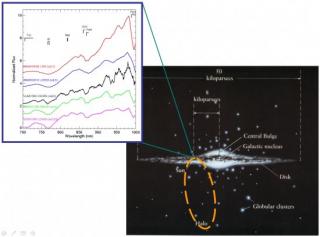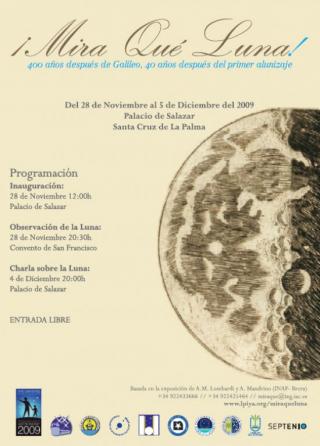We present a visual determination of the number of bright points (BPs) existing in the quiet Sun, which are structures thought to trace intense kG magnetic concentrations. The measurement is based on a 0farcs1 angular resolution G-band movie obtained with the Swedish Solar Telescope at the solar disk center. We find 0.97 BPs Mm-2, which is a factor 3 larger than any previous estimate. It corresponds to 1.2 BPs per solar granule. Depending on the details of the segmentation, the BPs cover between 0.9% and 2.2% of the solar surface. Assuming their field strength to be 1.5 kG, the detected BPs
Advertised on


